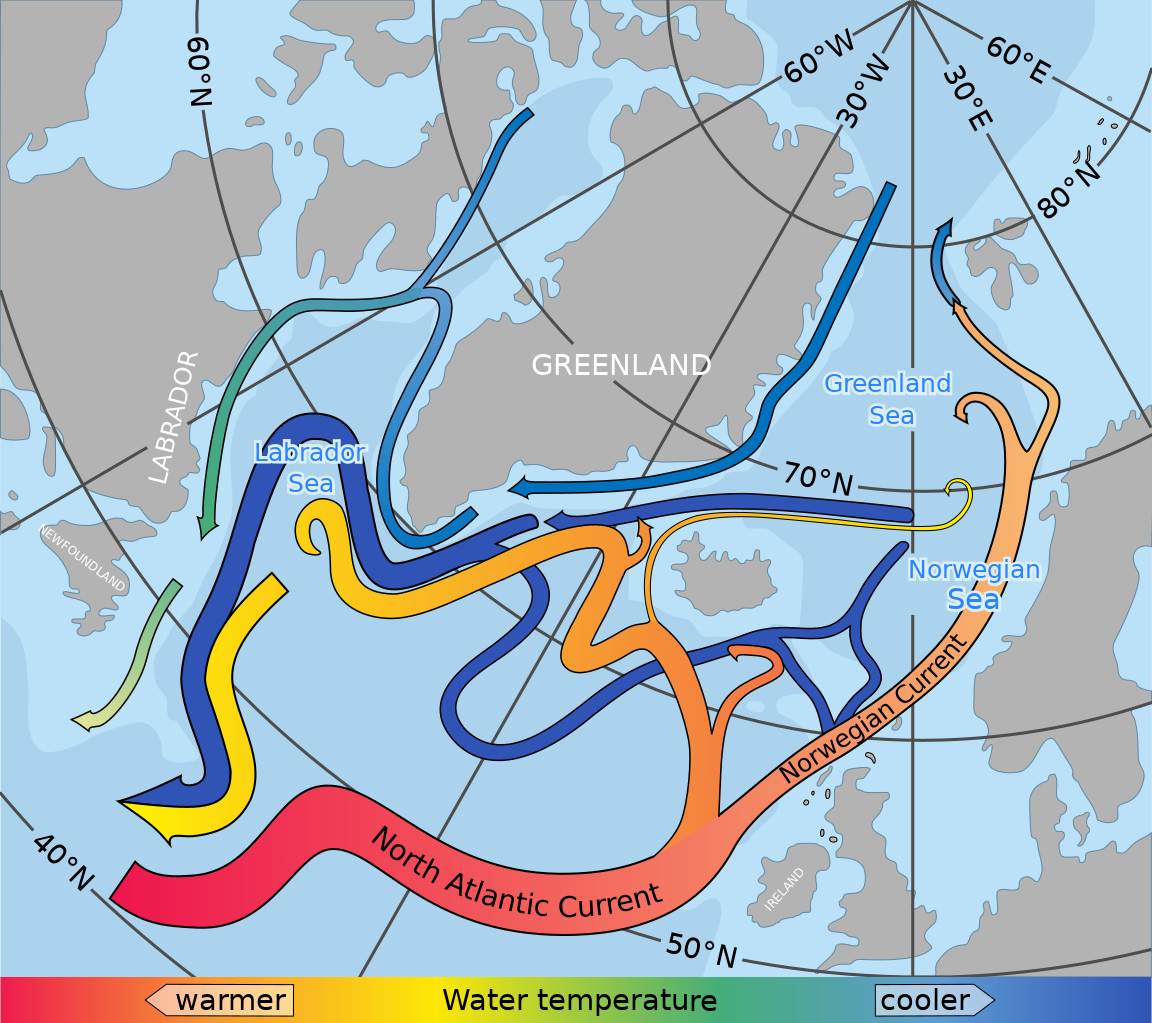https://wattsupwiththat.com/2018/03/27/study-ancient-britons-thrived-despite-rapid-climate-swings/
Carbon isotopes in each slice revealed how productive the lake was and oxygen isotopes gave a picture of temperature and rainfall. They show that at the start of the Big Freeze, temperatures plummeted and lake productivity stopped within months, or a year at most. “It would be like taking Ireland today and moving it up to Svalbard” in the Arctic, says Patterson, who presented the findings at the BOREAS conference in Rovaniemi, Finland, on 31 October.
Here is the article this is quoted from:
Mini Ice Age Took Hold of Europe in Months
Just months - that's how long it took for Europe to be engulfed by an ice age. The scenario, which comes straight out of Hollywood blockbuster The Day After Tomorrow, was revealed by the most precise record of the climate from palaeohistory ever generated.
Around 12,800 years ago the northern hemisphere was hit by the Younger Dryas mini ice age, or "Big Freeze". It was triggered by the slowdown of the Gulf Stream, led to the decline of the Clovis culture in North America, and lasted around 1300 years.
Until now, it was thought that the mini ice age took a decade or so to take hold, on the evidence provided by Greenland ice cores. Not so, say William Patterson of the University of Saskatchewan in Saskatoon, Canada, and his colleagues.
The group studied a mud core from an ancient lake, Lough Monreagh, in western Ireland. Using a scalpel they sliced off layers 0.5 to 1 millimetre thick, each representing up to three months of time. No other measurements from the period have approached this level of detail.
Carbon isotopes in each slice revealed how productive the lake was and oxygen isotopes gave a picture of temperature and rainfall. They show that at the start of the Big Freeze, temperatures plummeted and lake productivity stopped within months, or a year at most. "It would be like taking Ireland today and moving it up to Svalbard" in the Arctic, says Patterson, who presented the findings at the BOREAS conference in Rovaniemi, Finland, on 31 October.
"This is significantly shorter than what has been suggested before, but it is plausible," says Derek Vance of the University of Bristol, UK. Hans Renssen, a climate researcher at Vrije University in Amsterdam, the Netherlands, says recent findings from Greenland ice cores indicate the Younger Dryas event may have happened in one to three years. Patterson's results confirm this was a very sudden change, he says.
The mud slices from the end of the Big Freeze show that it took around two centuries for the lake and climate to recover.
Patterson says that sudden climate switches like the Big Freeze are far from unusual in the geological record. The Younger Dryas was brought about when a glacial lake covering most of north-west Canada burst its banks and poured into the North Atlantic and Arctic Oceans. The huge flood diluted the salinity-driven North Atlantic Ocean mega-currents, including the Gulf Stream, and stalled it. Two studies published in 2006 show that the same thing happened again 8200 years ago, when the Northern hemisphere went through another cold spell.
Some climate scientists have suggested that the Greenland ice sheet could have the same effect if it suddenly melts through climate change, but the 2007 report of the Intergovernmental Panel on Climate Change concluded this was unlikely to happen this century.
Patterson's team have now set their sights on even more precise records of historical climate. They have built a robot able to shave 0.05 micrometre slivers along the growth lines of fossilised clam shells, giving a resolution of less than a day. "We can get you mid-July temperatures from 400 million years ago," he says.
https://www.sott.net/article/196671-Mini-Ice-Age-Took-Hold-Of-Europe-In-Just-Months



